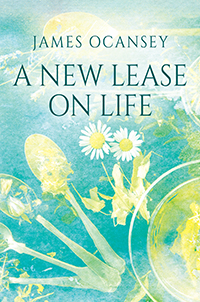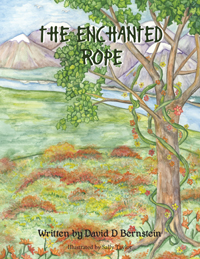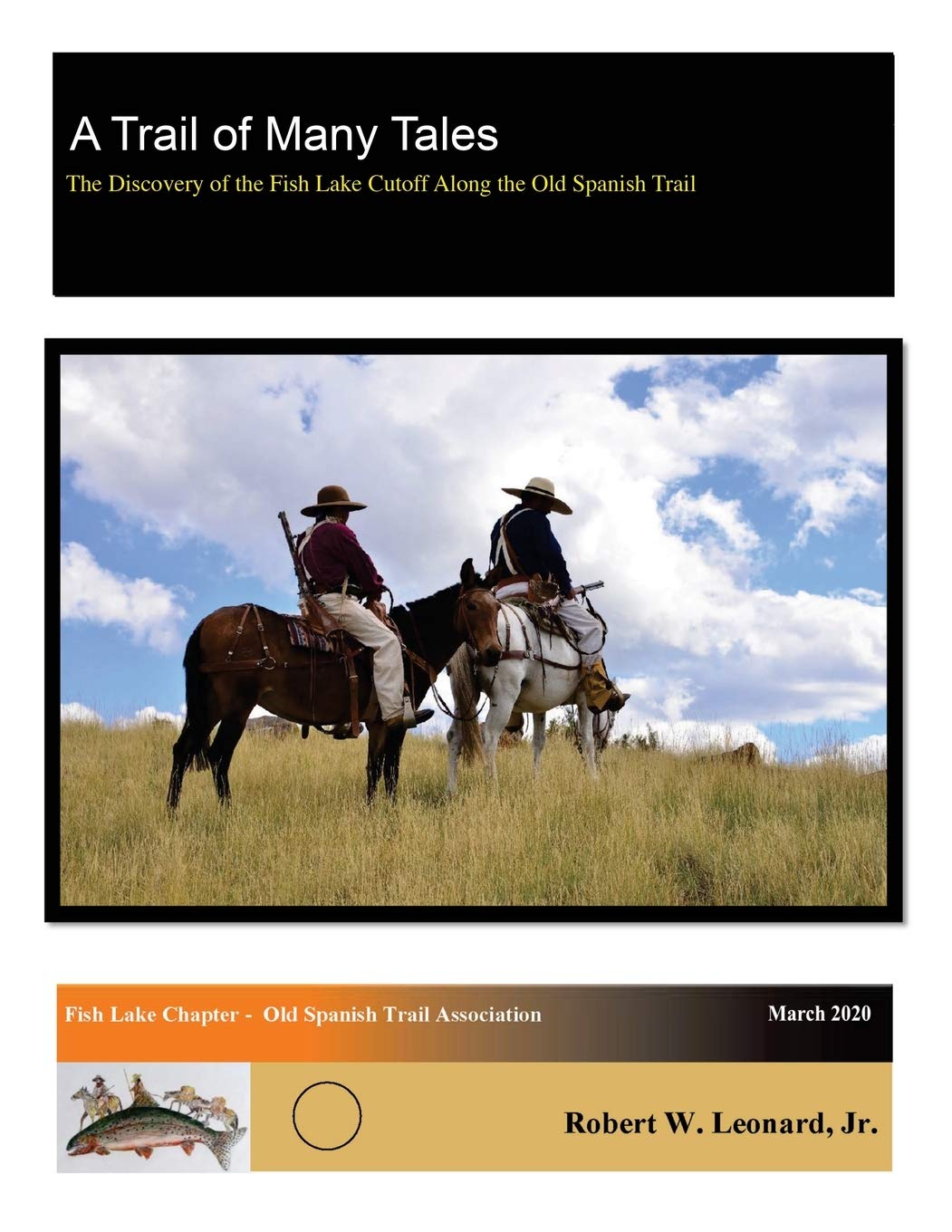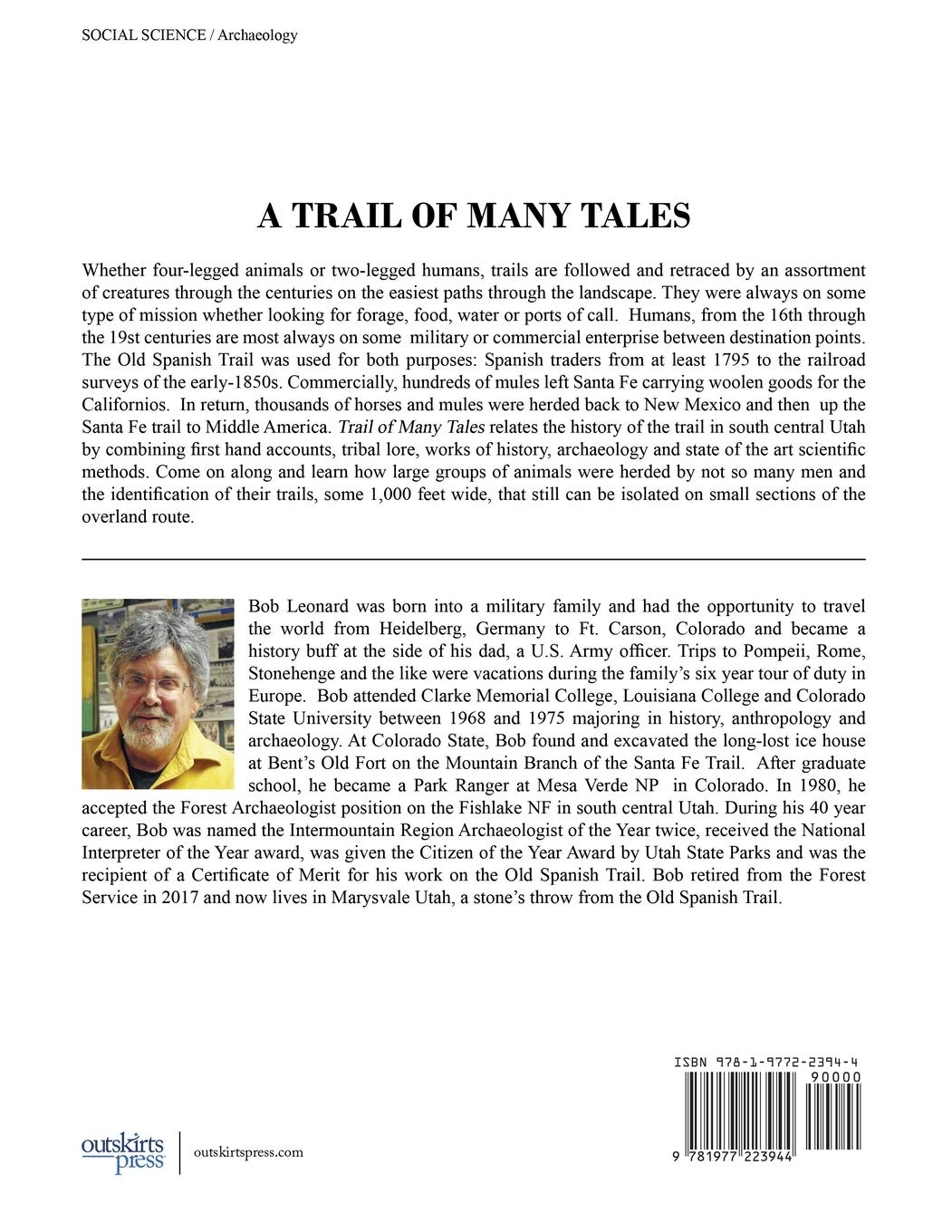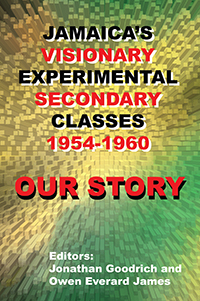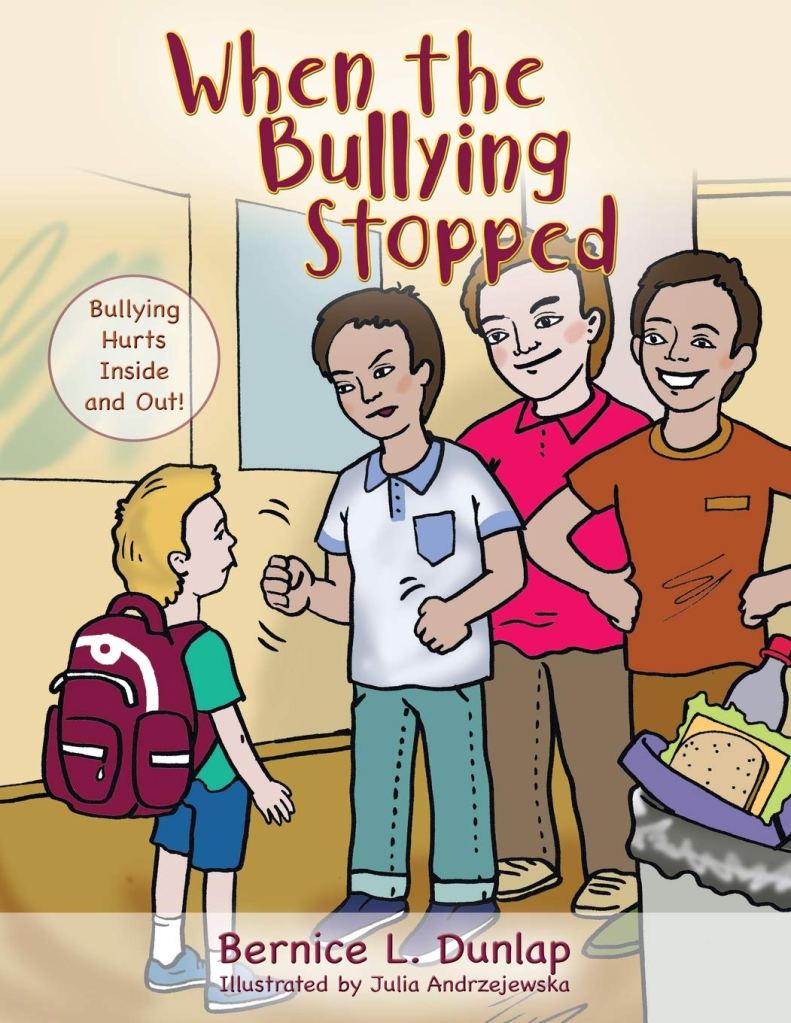OFFICIAL DESCRIPTION*:
We all have only one life to live. It is safe to assume that we all want to live a long and healthy life free from pain, disease and untimely death. A New Lease on Life helps us to do that based on research by various authorities mostly in holistic medicine. It shows you how the body works and what you can do to help it do its work of self-repair or healing. We learn that the body balances its alkalinity and acidity at 80/20% ratio. The foods we eat need to follow that ratio of 80% alkaline foods and 20% acid-forming foods. Because we are unable to follow this 4:1 ratio, the body has to break down healthy structures and tissues in a process called catabolism. This is needed to keep us within 7.4pH (slightly alkaline range), especially in our inner cavity to keep our vital organs from dying. Every fat mostly cellulose is pushed out and stored elsewhere in the body to keep us from dying prematurely.
Since health is dependent on detoxification and nourishment, we need to find the best means to detox and nourish our system. Detoxification is best achieved by ionized, alkaline, micro-structured hexagonal water, which is able to easily penetrate our cells to deliver oxygen and nutrients while cleansing our cells on its way out. Without good water, not just any water, the cells are unable to easily receive nutrients and keep them clean. This results in excess tissue acid waste which is the root cause of pain and numerous diseases. It also deprives our cells of needed nutrients that cause nutritional deficiency diseases leading to untimely death. Your longevity depends on how well you take care of your cells since the cells are not supposed to die and you could live to over 100 years, as is known in Japan and in many other cultures.
REVIEW:
Oh, boy, am I not drinking the right water.
This, my friends, is exactly what went through my head when I first picked up James Ocansey’s A New Lease on Life, which is blurbed entirely accurately in the description from Bookshop.org that I’ve included above, which is where I first found this book.
But first, to back up a minute: Those of you who have read my last review will remember that my response to that book was largely the product of my recent experiences in and out of area health facilities as my family battled its way through a long, strenuous, and even to some extents ongoing medical emergency of the most dramatic kind. As with many people, it took something of such medical gravity to force me to re-evaluate my own life choices, particularly in what I eat and drink. And while there are plenty of books out there on the former, the latter doesn’t seem to be talked about or researched to the same extent, outside of studies pertaining to known toxins and “please drink in moderation” sorts of drinks, such as those containing alcohol or caffeine. But if a person were to wonder, as I certainly have found myself wondering, whether there might be something more basic and elementary going on when it comes to “drinking well” in the same way that nutrition is basic and elemental to “eating well,” that person might find a compelling answer in James Ocansey’s A New Lease on Life.
This is a research-based take on water, the most basic of all molecules necessary to life barring only the Carbon atom, which enables complex life. Water is where we all started, the science seems to say, whether we’re talking literally or in a profound metaphorical sense. Our bodies are largely made up of water, after all, and I could drill down into the protean images of the womb and of creation narratives featuring a separation of land and sky from water–but I’ve only budgeted one on-the-nose metaphor for this review, and I don’t want to try your patience before even getting to the real, er, elemental components of this review.
I know, I’m the absolute worst when it comes to puns, irony, and dad jokes. If our bodies are made of 90% (or some large percentage) of water, my soul is made of 90% dad jokes. Terrible, awful, unbearable dad jokes.
Luckily, Ocansey is made of sterner, more academically reliable stuff than dad jokes, and I mean what I say. This book draws upon the results of a 12+ year study of pollution’s effects on the cellular level, a study involving scientists and researchers across multiple fields and disciplines. Dr. Joel Wallach, for example, conducted over 17,500 animal and 3,000 human autopsies (making for a total of 455 species, I think) in order to collate information on pathologies, and concluded that “every animal and every human who dies of natural causes dies of a nutritional deficiency disease”–and the culprit is not the food these creatures consumed but rather the water the
In an over 12 years Interdisciplinary study on Pollution in which Dr. Joel Wallach was the Chief Pathologist, he conducted autopsies on 17,500 animals of 454 species and 3.000 humans for comparison. His conclusion was that “it was apparent that every animal and every human who dies of natural causes dies of a nutritional deficiency disease,” and that this malnutrition is the result not of poor food quality or quantity but rather the water these unfortunate creatures consumed.
I mean, as we millennials like to say, this is mind-blowing stuff!
Water, as Ocansey puts it, is the “missing link” to good health, and the fundamental component missing in world devoid of strong water knowledge (much less good water quality and infrastructure). I am, of course, no water expert (or true scientist, much as I love to participate in citizen science research and to promote STEM learning for all), but the science in A New Lease on Life is well presented and easy enough to understand, particularly if a reader is already familiar with the scientific method.

“You’re not only thirsty but starving,” declares Ocansey in the subtitle to A New Lease on Life, and this is the basis of the book’s argument: Water detoxifies, and water also nourishes. It not only washes the body clean of toxins, but it also can contribute significantly to good nutrition if consumed in the right way and if made up of the right kind of water. I’m still parsing some of the finer points of Ocansey’s argument, but the research does seem clear on what it is indicating. There is such a thing as “hexagonal water,” a specific molecular arrangement of ordinary H2O which can make a potential difference in not only longevity but general quality of life.
A New Lease on Life also contains arguments for several other potential health-boosting supplements and aids, but it is largely concerned with the aforementioned H2O. It contains everything from doctor to patient to scientific testimony about the efficacy of all of the above, and is well worth a read if you are looking to delve into a brave new world of nutrition that is dramatically different from those diets, regimens, and other fads that come and go with the years. You may or not find yourself convinced–that is always a risk when it comes to an argument-based book–but you will most definitely find yourself asking important questions that need to be asked about the ways we have been doing things and where we want to go from here, health-wise.
WHERE TO BUY?
You can find A New Lease on Life by James Ocansey wherever good books are sold, including Bookshop.org, Barnes & Noble and Amazon. You can also find out more about it on the book’s Outskirts Press listing.
WHAT NEXT?
Next week I will be posting my review for Cooper C Woodring’s book, Expert Design Witness 101. I have no idea what to expect!
I received a copy of this book in exchange for an honest review.
* Courtesy of Bookshop.org book listing.


